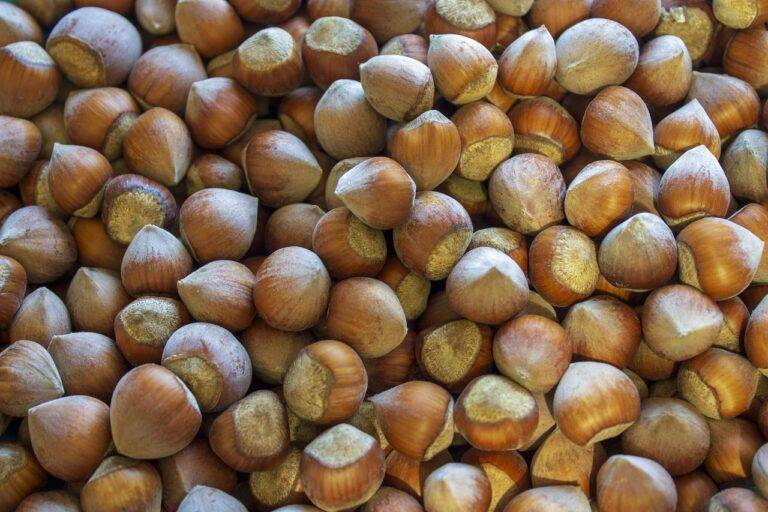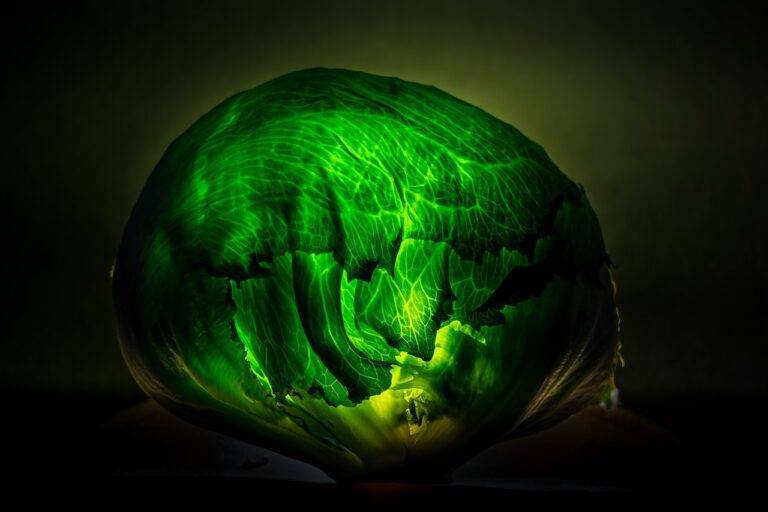The Art of Food Garnishing: Techniques for Creating Edible Works of Art
When it comes to garnishing, there are several types that can enhance the visual appeal and flavor of a dish. One common type of garnish is fresh herbs, such as parsley, cilantro, or basil, which can be chopped or torn and sprinkled over the dish before serving. These herbs not only add a pop of color but also bring a fresh aroma and taste to the meal. Another popular garnish is citrus zest, which can be grated from fruits like lemons, limes, or oranges to add a burst of tangy flavor.
Furthermore, edible flowers such as pansies, nasturtiums, or violets can be used as delicate and beautiful garnishes for salads, desserts, or drinks. These flowers not only add a touch of elegance to the presentation but also introduce unique floral notes to the dish. Lastly, nuts and seeds, like almonds, sesame seeds, or pine nuts, can be toasted and sprinkled over dishes to provide a crunchy texture and nutty flavor. Experimenting with different types of garnishes can elevate the overall dining experience and impress guests with your attention to detail.
Using Herbs and Spices for Garnishing
Fresh herbs and spices are essential ingredients for adding flavor and visual appeal to dishes. When it comes to garnishing with herbs, consider using delicate herbs like parsley, cilantro, or chives to sprinkle over finished dishes for a burst of freshness. These herbs not only enhance the taste of the dish but also provide a pop of vibrant color that can elevate the overall presentation.
For a more pronounced flavor profile, opt for robust herbs such as rosemary, thyme, or basil. These herbs are perfect for infusing into sauces, dressings, or marinades, adding depth and complexity to your dishes. Additionally, you can use whole sprigs or leaves of these herbs as a decorative garnish to impart a sophisticated touch to your culinary creations.
Creative Fruit and Vegetable Garnishing Techniques
Fruits and vegetables can be transformed into beautiful and eye-catching garnishes to enhance the presentation of dishes. By utilizing various carving and cutting techniques, simple fruits like apples and cucumbers can be turned into intricate designs that add a touch of elegance to any plate. From delicate flower shapes to intricate spiral patterns, the possibilities are endless when it comes to fruit and vegetable garnishing.
In addition to carving techniques, using edible flowers and herbs can also elevate the visual appeal of a dish. Edible flowers like pansies and violas can be used to add vibrant colors and a subtle floral fragrance to salads and desserts. Fresh herbs such as basil, mint, and parsley not only provide a pop of green but also lend a burst of flavor to the dish, creating a harmonious balance of aesthetics and taste.





